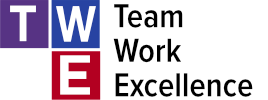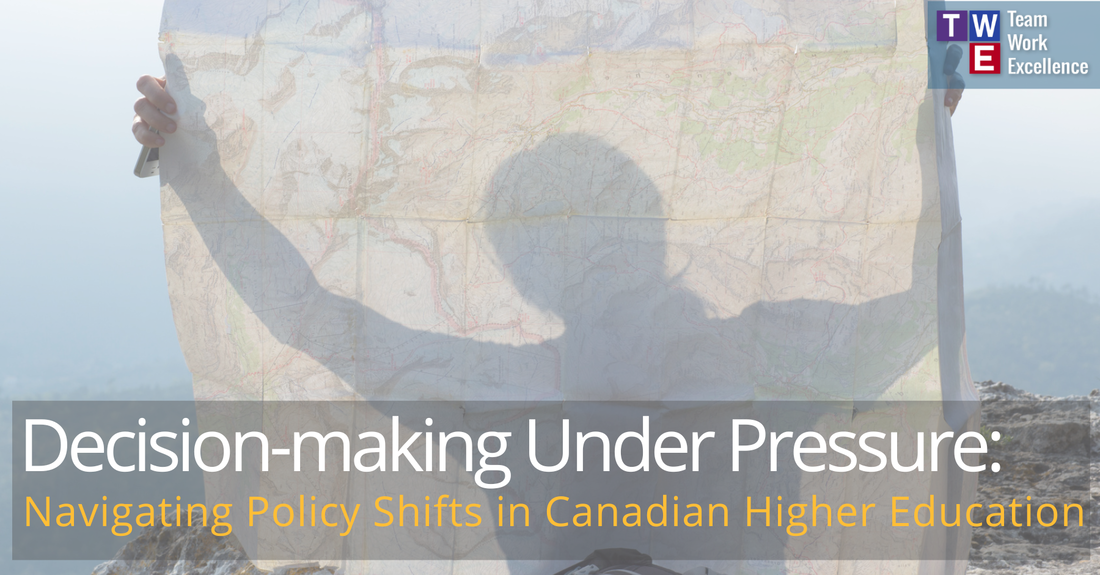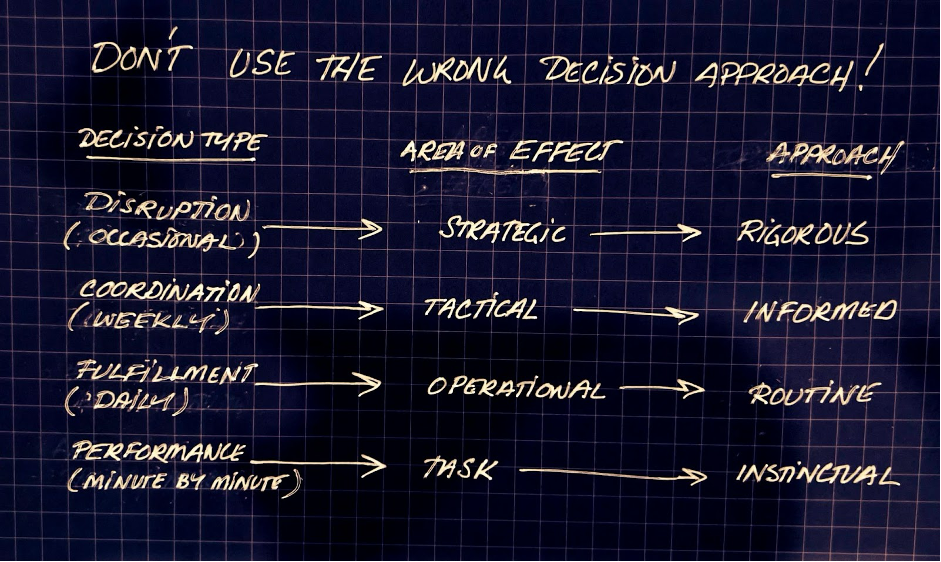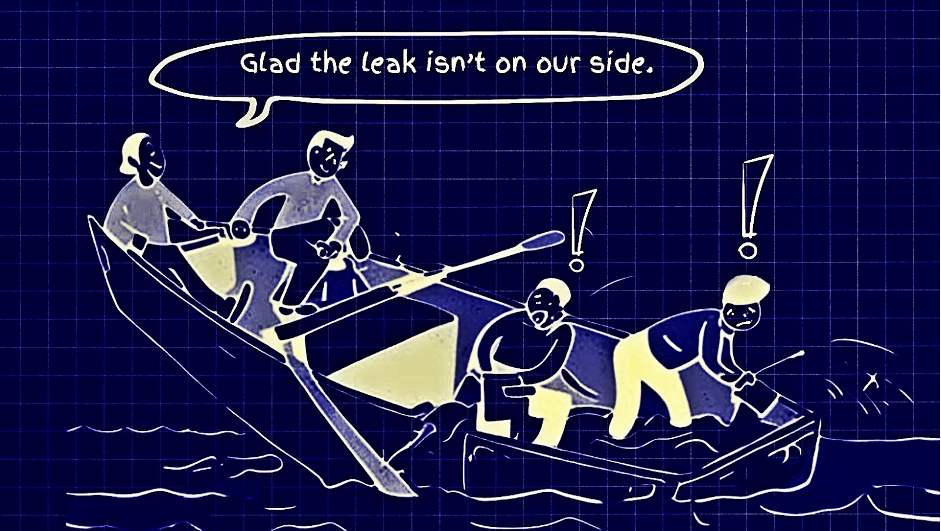|
Sudden shifts in government focus and policy are nothing new - but they, like all unforeseen challenges, can cause teams to react, and often this brings panic. A sudden policy shift in Canada is shaking many universities’ ability to maintain a diverse and vibrant international community. In an election year, our government has decided to cut international student permits by about 35% to stabilize growth. As a result, we're facing unique challenges head-on. This move, aimed at managing international student growth and easing pressures on available housing, has profound implications. While there is a benefit to ensuring a reputation for Canadian academic excellence is protected by unscrupulous schools, our reputable institutions may be caught in the crossfire. Our universities and polytechnics that have long benefited from the cultural and fiscal influx of a diverse student body now find routine enrollment strategies create major strategic hurdles. This will have far-reaching implications for Canadian higher education and its place on resumes abroad. The challenge extends beyond visa student reduction, encompassing complex layers like new entry rules, changes to know regulatory mechanisms, competitive responses from other countries or alternative schooling, loss of an accepted if not expected educational route for many families, and shifting student perceptions. The effect will be complex and alter both the global and local educational landscape. And why? Besides the practical educational and community motives - there is undoubtedly a political game here. Some politicians are playing to a base of voters who are critical of the ease of entry a student visa provides and fearful of the impact of immigration. There are obvious racial and nationalistic undertones. As such, the move is not only disruptively swift but polarizing in an increasingly polarized society. This move may unwittingly pit educational institutions against each other, and the very communities they serve. In navigating these policy shifts, our guiding principle is to lead calmly and openly, ensuring that every decision we make is built on a foundation of 'inclusive trust'. To maintain trust we must demonstrate rigorous logic, show up honestly and authentically, and demonstrate empathy for our colleagues and stakeholders. The Leadership Impact: Facing the extrinsic challenge of reducing international student permits requires a calm and measured approach that preserves community, justice, academic excellence, and efficiency. In the face of what could be described as a crisis, academic leadership must maintain a rational and structured decision-making process. It is important to take an approach ensuring schools can navigate these complex times effectively, safeguarding our institutions' long-term health and success. Teams need options and optimism. All change can be good - and the chance to emerge even stronger than before - but this requires shared intent. The Decision Quality Framework: An effective methodical approach to decision-making is vital. Where emotions are high, it benefits us to double down on logic. One logic-focused tool is employing a Decision Quality framework. They can come in several flavours, but in general these models guide us through a process of setting shared goals, exploring alternatives, collecting data, clarifying values and trade-offs, applying logical reasoning, and committing to action. Structures that help us see context help put emotion in its place - as one contributing factor. Don’t let emotion drive the bus. It's critical to embrace scenario planning, especially when data is scarce. Collective insights, early signal detection, and modelling help us navigate these uncertainties, highlighting the importance of preparedness over data reliance. When change triggers a strategic decision, the value of that decision is high… the potential for fear to cut and scar an organization is high. The antidote to fear is knowledge - and providing a frame so that everyone can consume that knowledge contextually leads to a shared understanding of the problem and solution. The Decision Quality model identifies six elements essential for making important, strategic, high-quality decisions:
Decision-Making Under Duress: Calling for calm, rationality, openness and logic in a crisis can be met with scoffs by those who feel alone. They will tell you they have no voice, no choice, and few options. We must bring them into the fold. Navigating divergent opinions on such impactful decisions demands a focus on maintaining healthy working relationships. The journey towards a decision is as critical as the outcome. Embracing openness, trust, and understanding is key to constructively managing these disagreements. It's crucial to recognize that even well-considered decisions in scenarios with no perfect solutions. The situation is fluid, and variables are unknown. Calm, deliberate leadership is essential in these situations, encouraging thoughtful decision-making and fostering an environment where discussion prevails over panic. Universities are now choosing between various less-than-optimal options, each with its own set of risks. But change is inevitable. So, if we’re going to act, we must squeeze as much value out of the situation as possible. Never waste a good crisis. Responding to the challenge of reduced international student permits necessitates a rational decision-making approach because hasty, emotion-driven decisions can be risky. Risks of Irrational Decision-Making:
The Communication Risk: Open and clear communication is vital during crises where the details are fuzzy. Sharing what we know fosters informed decision-making, ensuring no valuable insight is overlooked. In the context of leadership and business, communication risks can significantly impact an organization's effectiveness, reputation, and relationships. Here are some key aspects of communication risks:
Managing communication risks involves clear, consistent, and culturally sensitive messaging, using appropriate channels, and ensuring feedback mechanisms are in place. You may be faced with a nebulous future while waiting for details to emerge - don’t add to the static with sloppy communication. Behaviours that Maintain Rationality: When an institution is rocked at a strategic level, no one is unaffected - and everyone has a role to play. Capturing individual insights early is key to avoiding groupthink and expanding the range of potential solutions by considering diverse perspectives. We may have had the luxury of tolerating less-than-ideal behaviour before… when a crisis is upon us, that luxury evaporates. Your university leaders should get together and reassert a few key expectations among themselves:
Conclusion: While facing the challenge of reduced international student permits, maintaining a rational and structured decision-making process is essential. This approach ensures we can navigate these complex times effectively, safeguarding our institutions' long-term health and success. If you take one thing away from this article, let it be that preserving “inclusive trust” among your leaders in times of turmoil is far more effective than attempting to rebuild trust after the threat has passed. When faced with a sudden nebulous threat, calm, welcoming dialogue and collaborative planning can tie our individual perspectives together to create clear choices. This gives the entire team a feeling of representation, support and agency - and this can carry them through until we finally deploy the best decision and once again find stability. Ultimately, your way forward may not be how they or you envisioned it… but you will all know it is the best decision you can take. Ready to unlock your leadership impact and build unshakable teams? Let's work together! Free 30 Minute DiscoveryComments are closed.
|
Videos, Articles, Tools and More for Leaders in BusinessSET UP FOR SUCCESS?
|
|
© TeamWorkExcellence 2023. All rights reserved.
|






 RSS Feed
RSS Feed
